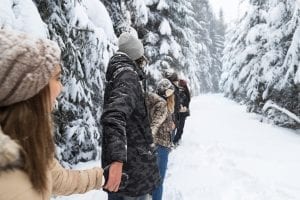ACTIVE SCHOOL TRAVEL IN THE COLDER MONTHS
Written by Tracey Coutts, Active School Travel Coordinator, Ever Active Schools
For me, winter walks always bring to mind Ezra Jack Keats’ beautiful story, The Snowy Day, about a young boy, Peter, who explores his neighbourhood after the first snowfall of the season. Idyllic, peaceful, magical.
O.K., LET ME RE-THINK THAT.
Winter walking in Alberta can evoke in us less of the soulful poet and more of the desperate survivor, especially when it’s performed over the course of four+ months, multiple times a day, in -25C or colder temperatures. For people who walk or cycle in the colder months, preparation is required, especially for our younger set who choose active travel as a means of getting to and from school. Safety comes first, always.
IT’S BEST TO FOLLOW SOME BASIC GUIDELINES WHEN READYING CHILDREN FOR SCHOOL (OR, EVEN BETTER, WHEN THEY READY THEMSELVES):
- Before you or your children step out into cold air, remember the advice that follows with the simple acronym COLD — cover, overexertion, layers, dry:
- Cover. Wear a hat or other protective covering to prevent body heat from escaping from your head, face and neck. Cover your hands with mittens instead of gloves.
- Overexertion. Avoid activities that would cause you to sweat a lot. The combination of wet clothing and cold weather can cause you to lose body heat more quickly.
- Layers. Wear loose-fitting, layered, lightweight clothing. Outer clothing made of tightly woven, water-repellent material is best for wind protection. Wool, silk or polypropylene inner layers hold body heat better than cotton does.
- Dry. Stay as dry as possible. Get out of wet clothing as soon as possible. Be especially careful to keep your hands and feet dry, as it’s easy for snow to get into mittens and boots.
Source: www.mayoclinic.org
Given that students, especially those in the elementary grades, are in and out of doors many times a day for recesses and lunch breaks, staying dry and warm is key to a more enjoyable experience out of doors in cold weather. Packing extra pairs of mittens and socks in their school backpacks is another very good idea as these articles of clothing tend to get wet and stay wet while at school.
Why is all of this important? These simple actions help to keep students safe from a number of winter hazards.
FROSTBITE:

HYPOTHERMIA:
- Hypothermia occurs when the body gets cold and loses heat faster than the body can make it.
- Early hypothermia can cause shivering; cold, pale or blue-grey skin; mild unsteadiness; slurred speech; numb hands and fingers; as well as problems performing tasks.
- Late hypothermic symptoms include stiff muscles, slow pulse, slow and shallow breathing, weakness or sleepiness, and the trunk of the body feels cold to the touch.
- Hypothermia is an emergency condition and can quickly lead to unconsciousness and death if heat loss continues. Call 911 immediately.
Although getting outdoors and being active are very important even when the colder weather hits, we need to be mindful of how long children are exposed to extreme temperatures. Check on them regularly and bring them in to warm up when needed.
ADDED OBSTACLES TO BEING ACTIVE DURING COLDER WEATHER
In addition to the threats of frostbite and hypothermia, winter brings with it other challenges:
- Hours of daylight are noticeably less in winter, especially in the weeks leading up to and following the solstice on December 21, and this affects how visible students are on sidewalks and at crosswalks. It’s a good idea to have reflective material on children’s outerwear so that they are more noticeable to drivers.
- Ice and snow-covered sidewalks can make for a slippery journey to and from school and snow banks left behind by snow ploughs can be a tempting but dangerous play-way for children. One missed step could send them sliding into the road.
- Icy road conditions make it challenging for vehicles to stop quickly for pedestrians and cyclists: students need to wait for all traffic to stop before they cross any street. Remember the three Ps: pause, point, proceed.
It is important to talk with your children about these dangers to prevent serious accidents from happening. Winter is also a good time to “buddy up” with a friend or parent on the journey to and from school. If a problem does arise, someone is there to help.
A student’s winter walk or cycle to and from school can be just as magical as Peter’s if the right preparations are made. As a parent, I like the idea of my children experiencing the peace and magic that winter walks can bring, but I also need them to be safe. It is possible for these worlds to co-exist… for Pete’s sake (I couldn’t help myself).



